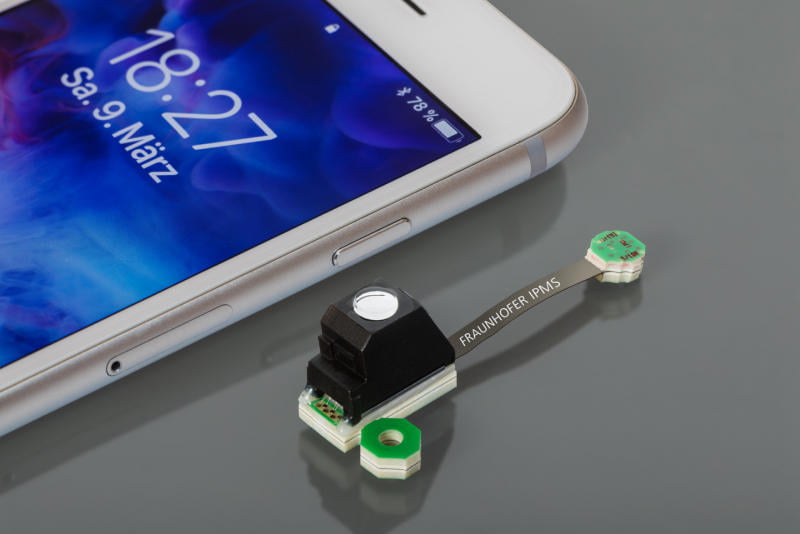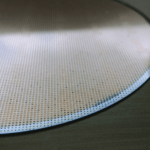Researchers at the Fraunhofer Institute for Photonic Microsystems have developed a miniature spectrograph capable of analyzing textile fabrics and determining their composition.
The scanner operates in the near-infrared range and analyzes light that is reflected from fabric fibers – the device divides it into wavelength ranges from 950 to 1900 nm, converts the result into electrical signals, which are then processed by the analyzer using artificial intelligence algorithms. By comparing the results with a prepared database, the AI platform quickly provides an answer as to what materials the tissue fragment under study consists of.
The optical resolution is 10 nm, which means that the spectrometer can identify mixed fabrics, for example, combinations of polyester and cotton, explained one of the authors of the invention, Heinrich Grüger. The scanner is a device with a side of 10 mm and a thickness of 6.5 mm. According to the developers, it will help textile companies sort materials for more efficient processing.








